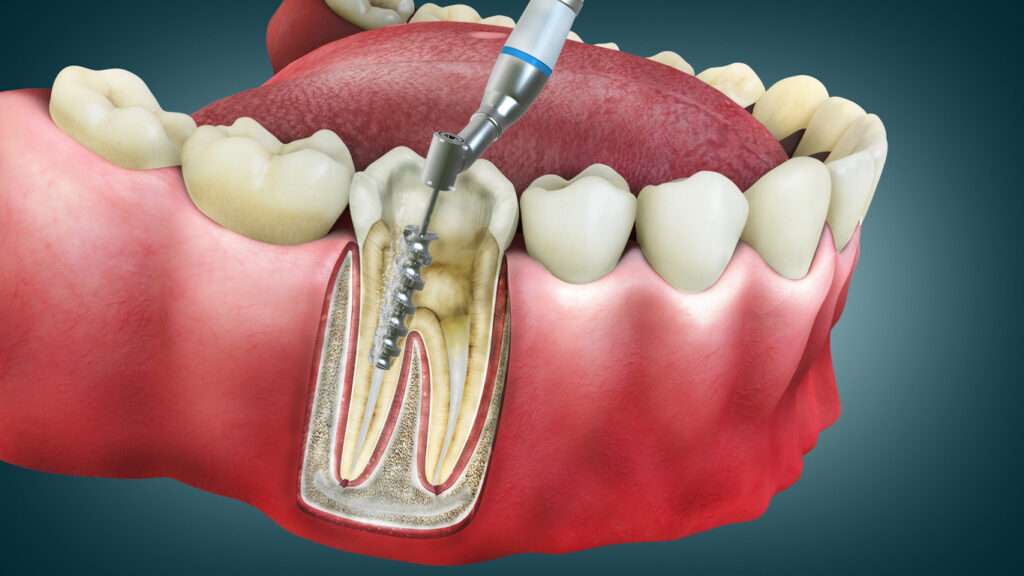If you’ve been told you need a root canal, you may be dreading the procedure or even trying to find a way out of it. The good news? Today’s root canal treatment is nothing like the myths you may see circulating the internet, which are misinformed and simply false.

Read on for some myth-busting facts from the American Association of Endodontists about this unfairly maligned procedure:
Myth 1: Root canal treatment is painful. With modern technology and anesthetics, you won’t experience any more pain than if you went to have a cavity filled. In addition, endodontists are experts in pain management, and most cases can be treated quickly and comfortably. And of course, if you’re wishing to avoid discomfort, it’s important to keep in mind that the root canal itself often eliminates the pain you’re already experiencing.
Myth 2: Root canal treatment causes illness. Far from causing illness, root canal therapy actually helps prevent systemic infections by eliminating bacteria from an infected tooth. This treatment stops the spread of infection, protecting your overall health. Modern medicine and scientific evidence strongly support that root canal therapy is a safe and effective way to address dental infections, preventing them from leading to more serious health issues. By removing the source of infection, root canal treatment helps maintain both your oral and general health, ensuring that bacteria don’t spread to other parts of your body.
Myth 3: It’s better to pull a tooth than have root canal treatment. Saving your natural teeth, if possible, is always the best option. Nothing artificial can replace the look or function of a natural tooth so it’s important to always consider root canal treatment as an option. Endodontic treatment has a high success rate and many root canal-treated teeth last a lifetime. Replacing an extracted tooth with a bridge or implant requires more time in treatment and may result in further procedures to neighboring teeth and supporting tissue.
Myth 4: A root canal involves removing the roots of the tooth. A root canal treatment removes only the inflamed or infected pulp on the inside of the tooth. The roots of the tooth are not removed.
Myth 5: If my tooth doesn’t hurt, there is no need for a root canal. While a throbbing toothache is typically a telltale sign of a need for root canal, there are times a tooth can require treatment when no pain is present. Endodontists are specially trained to test a tooth to see if the pulp has been infected or damaged. If this is the case, root canal is necessary to remove bacteria from the infected pulp, prevent reinfection and save the tooth. And remember, tooth pain is never normal, so be sure to see an endodontist if you have a toothache.
By: StatePoint








